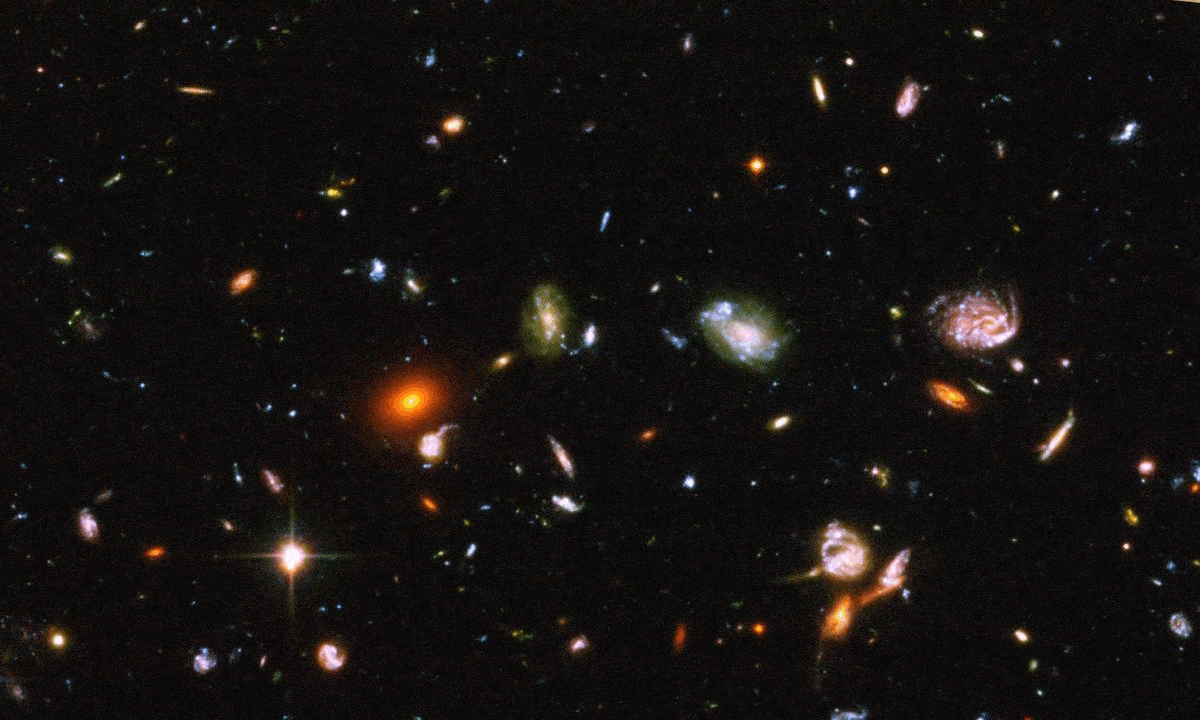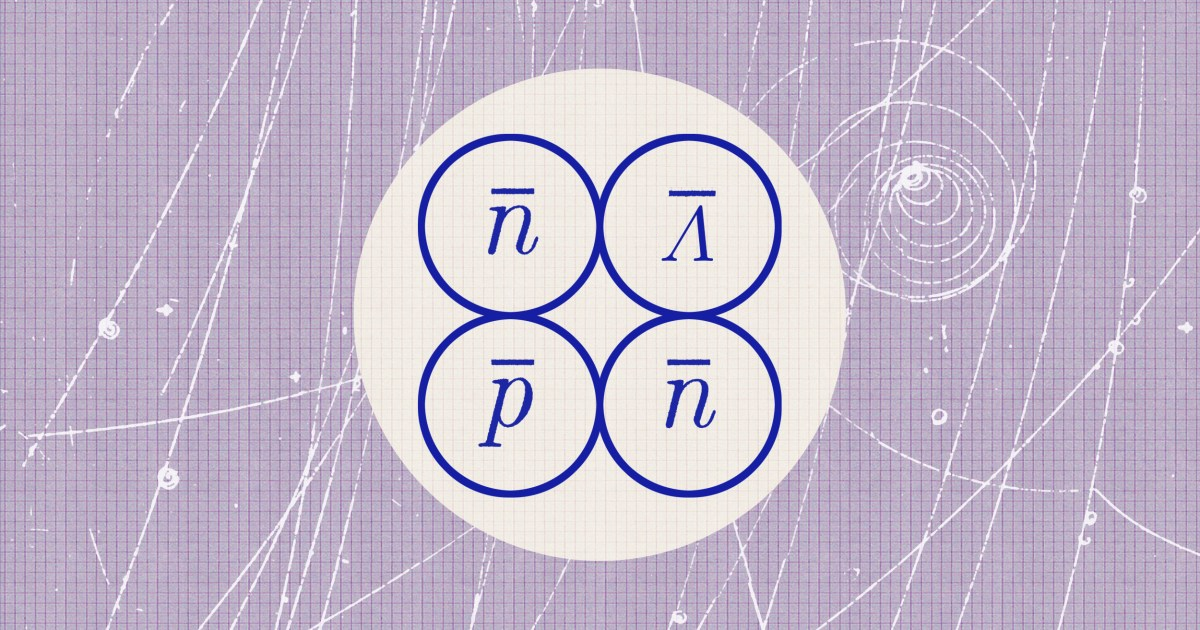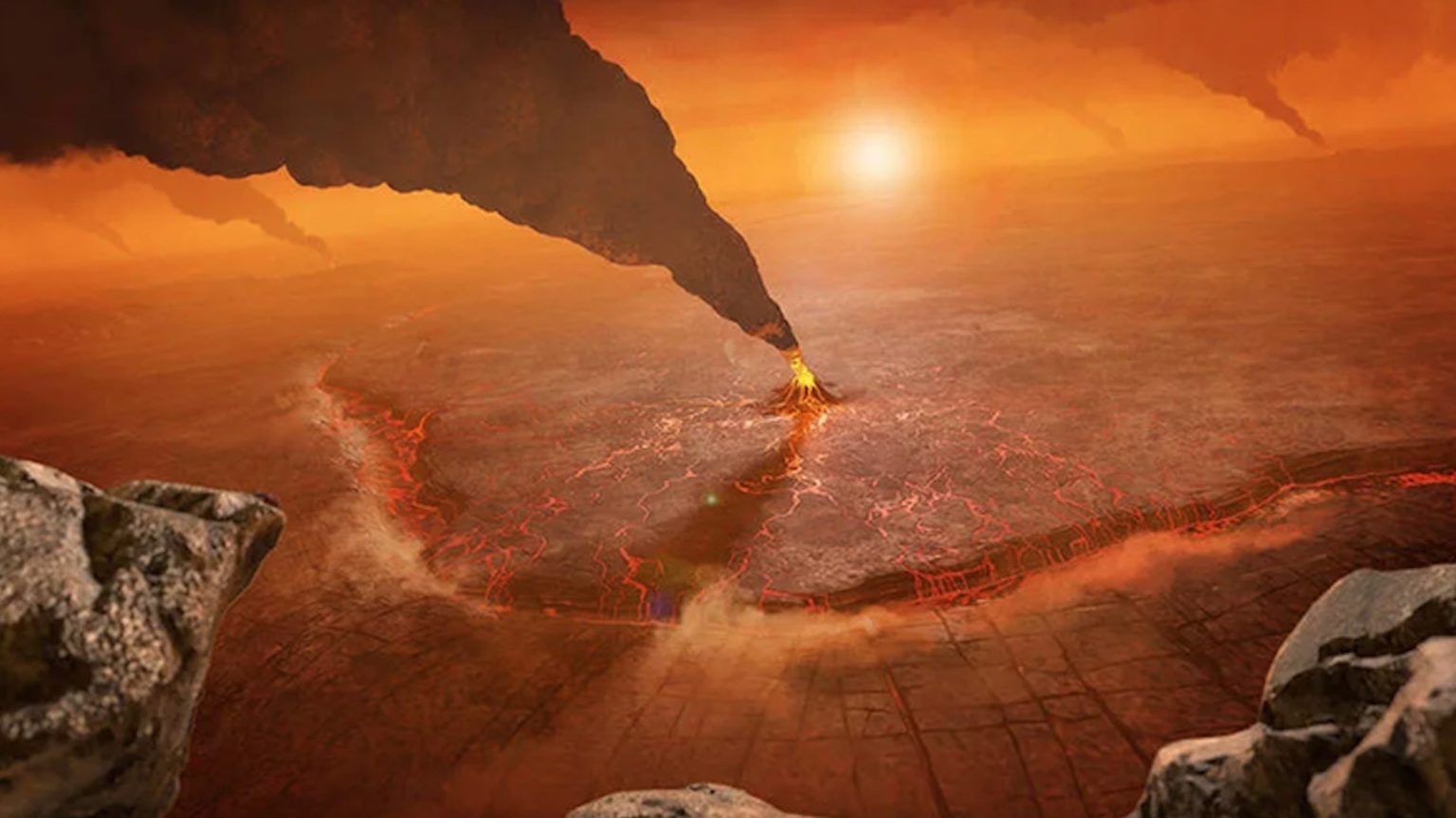What does alien life look like?
And what are the odds that it’s out there?
“Since stars appear to be suns, and suns, according to the common opinion, are bodies that serve to enlighten, warm, and sustain a system of planets, we may have an idea of the numberless globes that serve for the habitation of living creatures.” –William Herschel
Extrapolating is hard.
You see, let’s assume you’ve done all your science right, and you have a very good understanding of the laws governing a system, what the initial conditions are, and what the probabilities of various outcomes along the way are. If you’ve done your work diligently, your theories are sound and your predictive power is strong, you ought to be able to come to some sort of robust conclusion about what state that system ought to find itself in a finite amount of time in the future.
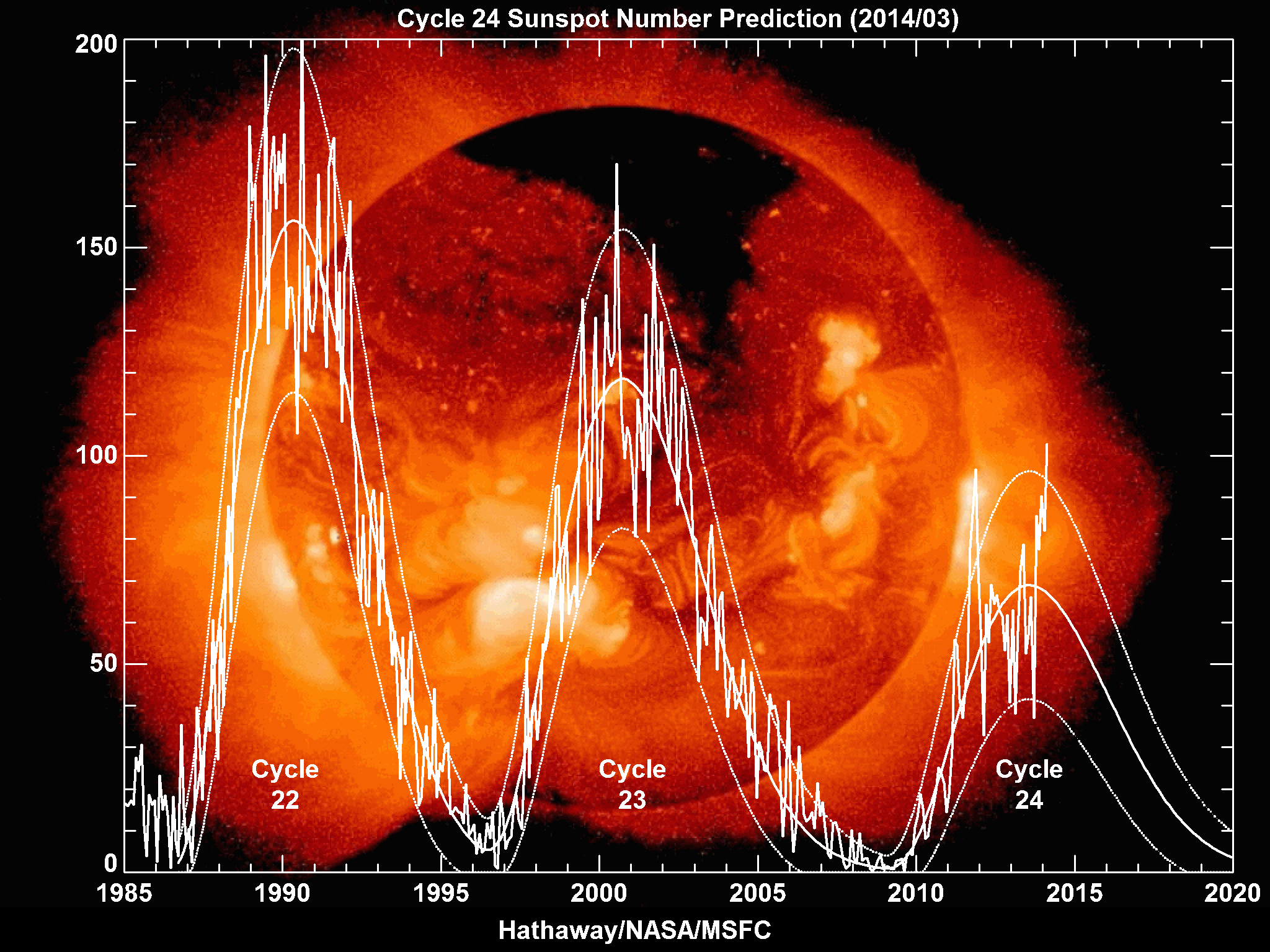
That’s the general process behind how all forms of science work: you figure out the rules governing the system, you set up the initial conditions, you calculate (or simulate) how everything in your system evolves as time goes on, and you come up with a theoretical prediction for what the outcome is (or, if it’s a non-deterministic system, the probabilities of outcomes are) going to be.
But when it comes to life in the Universe, our understanding of the laws governing that system is extremely limited.
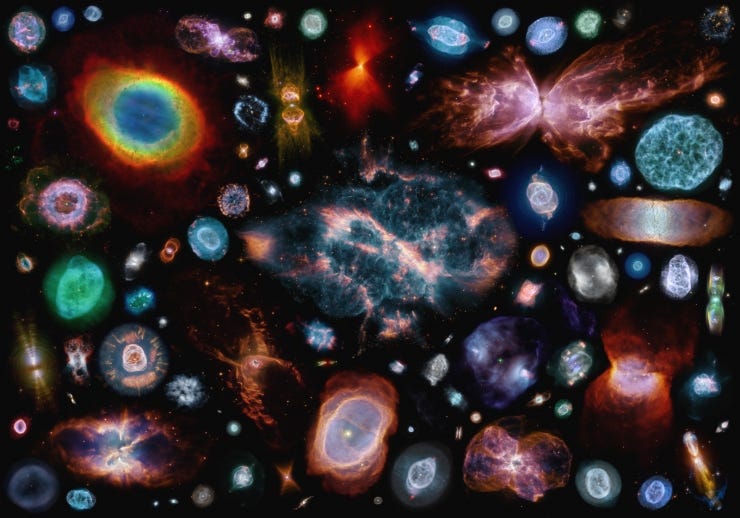
As far as the building blocks of life that are out there, we know an awful lot. Even though the Universe started off made almost exclusively of hydrogen and helium, elements vital to all organic processes — elements like carbon, nitrogen, oxygen and phosphorus — were created in copious amounts when the Universe was merely 1% of its age. As time goes on, heavier elements appear in great abundance everywhere that stars and multiple stellar generations (so basically all moderately-sized galaxies) persist, including iron, nickel, copper and cobalt, and even the very heavy elements like gold, lead and uranium come into existence after just a few billion years.

Complex molecules? Believe it or not, they’re everywhere we look:
- in the interstellar medium,
- amidst outflows from large, metal-rich stars,
- among the nebulae in star-forming regions,
- and amidst stellar corpses in planetary nebulae and supernova remnants.
Molecules like polycyclic aromatic hydrocarbons, ethyl formate, sugars and benzene rings aren’t only formed in organic processes; they’re formed inorganically, amidst the stars.
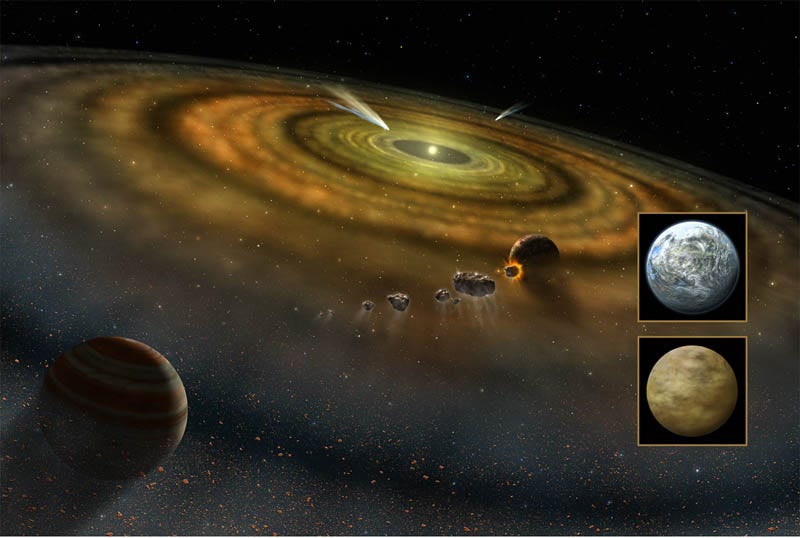
We now know that a Milky Way-sized galaxy like ours — with a couple hundred billion stars in it — is likely to have trillions of planets orbiting those stars (and many times that that are rogue, orbiting no stars at all), 40-to-80 billion of which are rocky and in their star’s habitable zone, meaning they have the right temperature for liquid water given Earth-like atmospheric pressures at their surfaces.
By and large, the ones that have been around for longer than us (remember, our Sun and planets are only about 1/3 of the Universe’s age) have fewer heavier elements than we do, but have had billions of years longer for life to take hold, evolve and diversify, while the ones that have been around for shorter times tend to consist of a greater diversity of heavier elements.

Of these 40-to-80 billion planets that potentially have life on them, how many actually do? And out of those, how many of them have highly differentiated, multicellular life? And out of those, how many of them have technologically advanced civilizations like we consider ourselves to be?
Unfortunately, when we try to answer these questions, we have to turn to our understanding of biology, and that’s limited to only one place in the Universe.
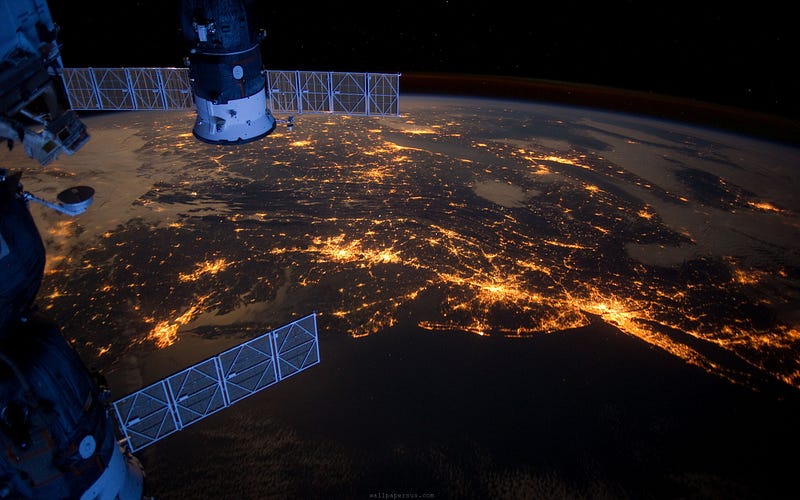
Earth. Our planet. The only instance of life — complex or otherwise — in the Universe that we know of. How can we possibly hope to draw reliable, robust conclusions about these questions with such a limited set of knowledge?
The answer is obvious: we can’t. But we can do the best we have with what we have. Many scientists disagree with one another, including the inimitible PZ Myers, who reduced the differing sides to two absurd strawmen (that he calls “astronomers” and “biologists”):
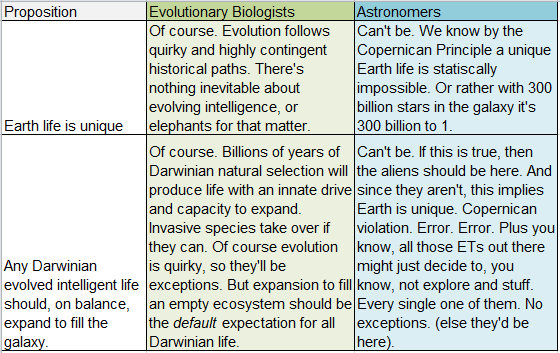
Of course, this is not how any reasonable scientist — either astronomers or biologists — view the problem of where everybody else in the Universe is.
There are good reasons to believe that life on Earth is unique, in the sense that we’re unlikely to encounter human being-like creatures anywhere else in the Universe. Hell, it’s unlikely that what we think of as the animal kingdom exists anywhere else in the Universe! But, that doesn’t mean interesting evolutionary accidents — which is what most living things are — aren’t likely to be out there, and aren’t likely to be remarkable in both differences and similarities to terrestrial life.
Given what the Universe gives us to work with, what ought we to think is likely out there? A combination of the simplest tenets of a few different scientific fields can guide us incredibly well.
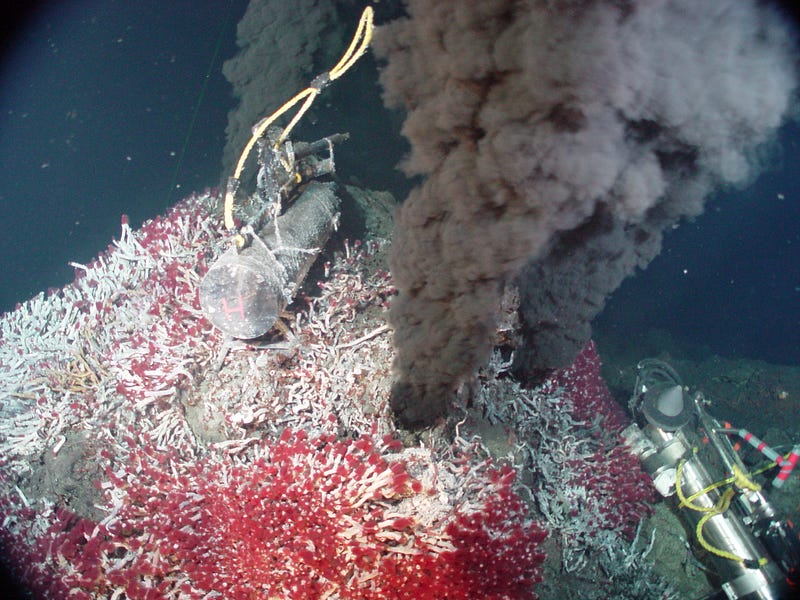
1.) Simple life. Whether it’s energy from a star or from geothermal-or-hydrothermal vents, wherever there’s a flux of energy and the right mix of organic, chemical-based ingredients, life ought to be possible. Did life ever arise in more than one place on Earth? Did what we think of as primitive life actually form before our world did, and come to us from elsewhere in the Universe? Regardless of how it started, we know for a fact that life on Earth began no later than 3.8 billion years ago, or when the planet was substantially less than 1.0 billion years old.
As far as the environment of our young, early Earth, we have no reason to believe that it’s special in that regard. Life may be an accident or it may be incredibly common, but we can be sure that it would be awfully baffling if it turned out that life itself was unique to Earth. I don’t think it’s going out on a limb to assume that hundreds of millions or maybe even billions of worlds in our galaxy alone harbor some form of life.

2.) A diversity of life. All it takes are random mutations — an inevitability of existence — to produce future generations that are different from their parents-and-predecessors. As far as we understand evolution, any organism that’s better suited to occupying a niche than the other organisms around it will tend to be fruitful, and this is a process that builds up quickly. If life can get past the initial, presumably fragile stages that threatens it existence, this seems all but inevitable. It wouldn’t be too much to presume that more than half the worlds that develop simple life at all wind up developing a diversity of life.
But then things get complex. Literally.
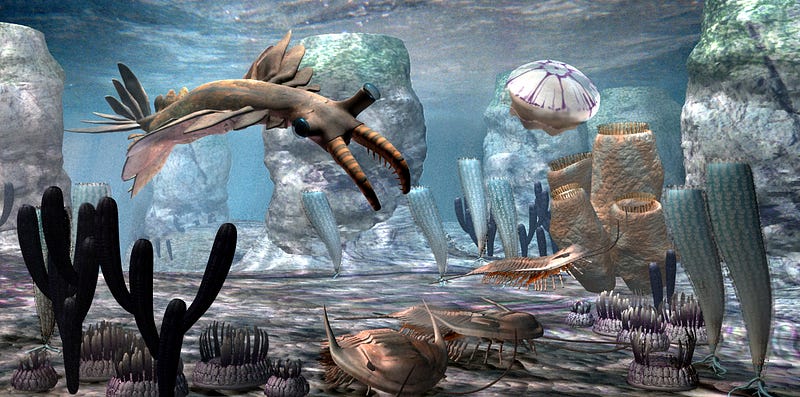
3.) Complex life. This is where things get interesting. For billions of years, single-celled creatures that mostly converted solar energy into chemical energy and then used it were the dominant form of life. Mutations, over time, can create new molecular information, whether that code is RNA, DNA, XNA, or something entirely different. Yet there are basic roles that organisms fulfill:
- converting external energy into chemical energy,
- consumers of other organisms who using those organisms’ energy to power their own life processes, and
- decomposers that feed on the carcasses of other organisms.
Although there are single-celled organisms that do all of these things (algae, protists and fungi, for example), multicellularity evolved over a billion years ago, allowing organisms to differentiate and perform multiple different functions simultaneously. Although the red algae that first arose some 1.2 billion years ago never got much farther than this, a few kingdoms of organisms — the plants, animals and fungi, respectively — took off hundreds of millions of years ago (thanks in no small part to the evolution of meiosis and sexual reproduction) and achieved multicellularity on a macroscopic scale, filling those ecological niches completely.

You’ve got to wonder what life on other worlds looks like with a view towards this. Is there a world where the producers, consumers and decomposers are all the same type of living creature? Are there worlds where creatures as different as protists are from animals both evolved to become, say, macroscopic consumers? You’ve got to remember that in addition to plants, animals, fungi and protists, there are maybe 15 different types of bacteria all as different from one another as plants are from animals. We’ll never know what’s out there in the Universe unless we look.
And finally…
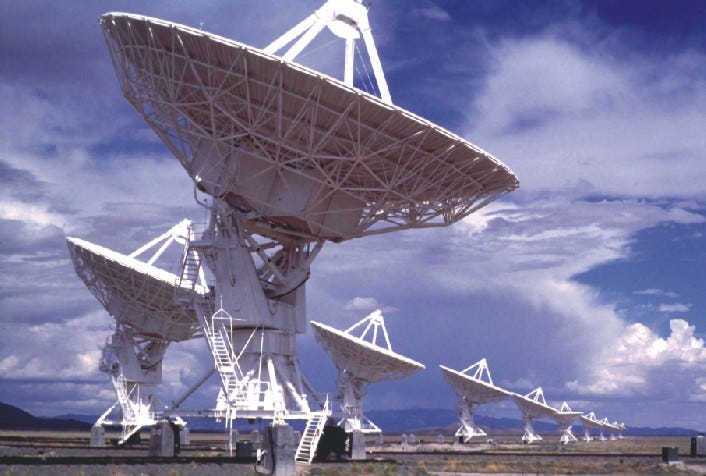
4.) Technologically advanced civilizations. Is it likely, at least, elsewhere within the Milky Way right now? I don’t think so, personally, based on what I know of evolution and what I see here on Earth. Our galaxy provides us with a lot of chances, but even with that, I think it’s unlikely.
But unlikely events happen, and we know it happened once, here. If it happened even one other time, don’t you want to know? If it hasn’t happened anywhere else yet, don’t you want to know that, too?
And finally, if we look and figure out that we are alone… am I the only one who feels like it’s humanity’s duty and responsibility to do what no one else can in this Universe, and extend our civilization to stars beyond our own?
We learn none of this if we don’t look, and we close ourselves off to the possibilities of ever discovering what else is out there — however unlikely we may think it is — if we don’t seek. That sense of curiosity, of exploration, of looking for that next untapped niche to fill is the driving force behind our very existence. Let’s not turn back now!
Have your say in our comments forum over on Scienceblogs!
